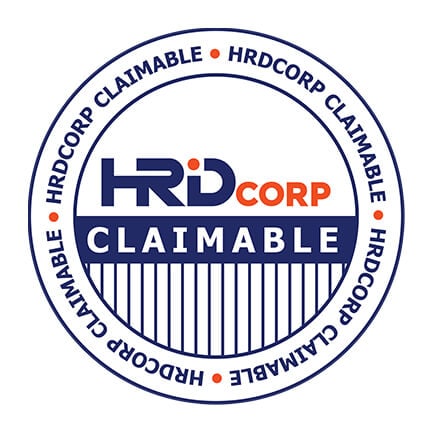Most organizations rely, to a lesser or greater extent upon suppliers who, in turn, rely upon suppliers themselves. This is the concept of supply chain and organizations, in addition to managing the risks of disruption of their own business processes, should also manage the risks of supply chain failure.
The growth of modern concepts such as sole supplier and ‘just in time’ can mean that some organizations are critically reliant upon their suppliers and their suppliers’ suppliers and so on.
The technical specification ISO/TS 22318:2015 Societal security - business continuity management systems guidelines for supply chain continuity - provides guidance on managing these risks including key sections on supply chain analysis, strategies for managing supply chain risks and managing supply chain disruption.
The additional guidance focuses on the supply chain aspects of business continuity, for which the core management system standard is ISO 22301:2019. ISO 22301 focuses primarily on internal business processes and the resulting products and services. ISO 22318 provides additional guidance for organizations that are more dependent upon their supply chains, especially for supplies that form part of a product or service delivered by the organization. A technical specification is not a full standard; its purpose is to amplify the established standards. Typically, the required processes will be integrated into a business continuity management system (BCMS) which meets the requirements of ISO 22301:2019 Security and resilience — Business continuity management systems — Requirements.
How will i benefit?
This course will help you to identify key benefits associated with using ISO/TS 22318 for managing supply chain disruption risks as part of a business continuity management system
- Consider specific supply chain disruption risks and associated strategies for managing them
- Consider business continuity plans to respond to supply chain disruption events
- Establish how to integrate supply chain disruption risk strategies and responses into a business continuity management system
- Consider integration of operational resilience and continuity capability in supplier audit programmes
- Establish strong assurance regarding supply chain continuity risks
Who should attend?
Anyone, in a supplier dependent organisation, involved in:
- Business continuity management
- Supply chain management or procurement
- Enterprise risk management
- Corporate governance
What will i learn?
By the end of the course you will have the knowledge to:
- Interpret the key concepts and guidance contained in ISO/TS 22318:2015
- Identify and describe the supply chains upon which your organization depends
- Recognize the key terms applicable to supply chain continuity management and their meanings
- Identify the benefits of supply chain continuity management (SCCM)
- Prioritize key risk response strategies
- Recognize the key elements in supply chain disruption management
- Recognize the components and outcomes of a SCCM performance evaluation programme
You will have the skills to:
- Visualize and describe a variety of supply chains
- Analyse your supply chains and conduct an operational disruption risk assessment
- Identify SCCM strategies and select solutions to their implementation
- Develop contract documentation to help optimize suppliers’ continuity capabilities
- Identify the key elements in supplier continuity capability
- Develop a SCCM performance evaluation and assurance programme
What is included?
On completion, you will be awarded an internationally recognized BSI Training Academy certificate.
HRD Corp Claimable Course

This training course is HRD Corp claimable programme.



